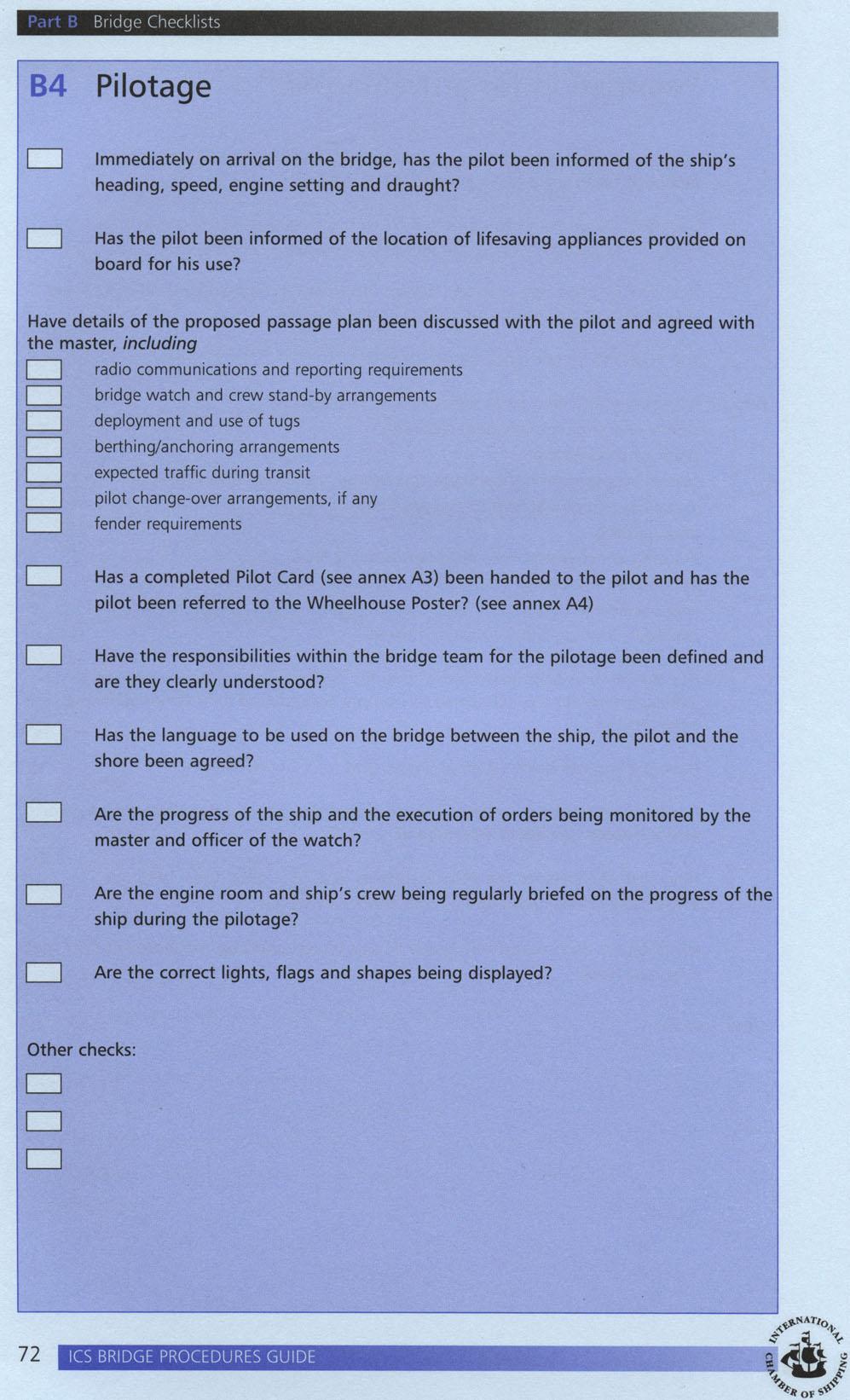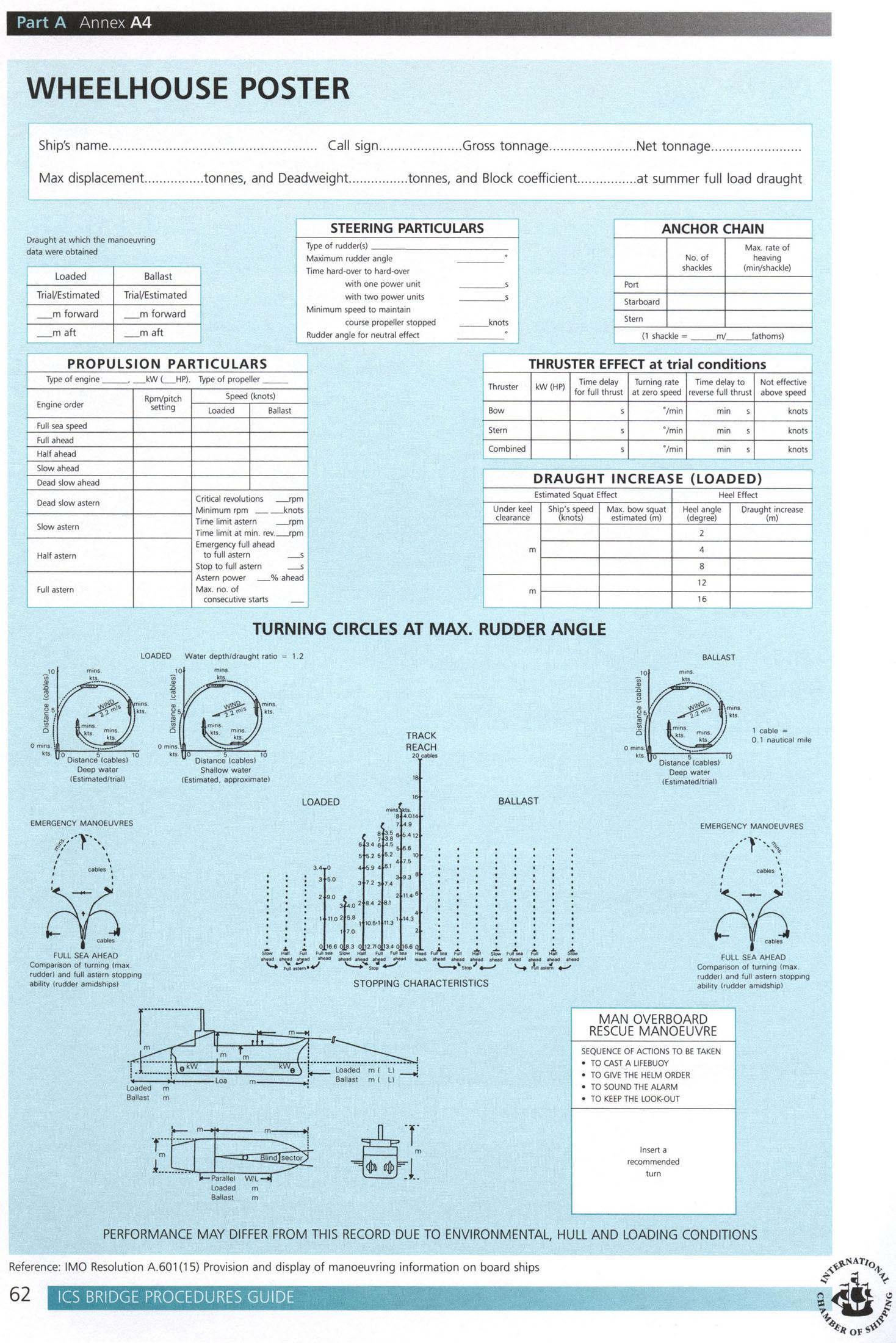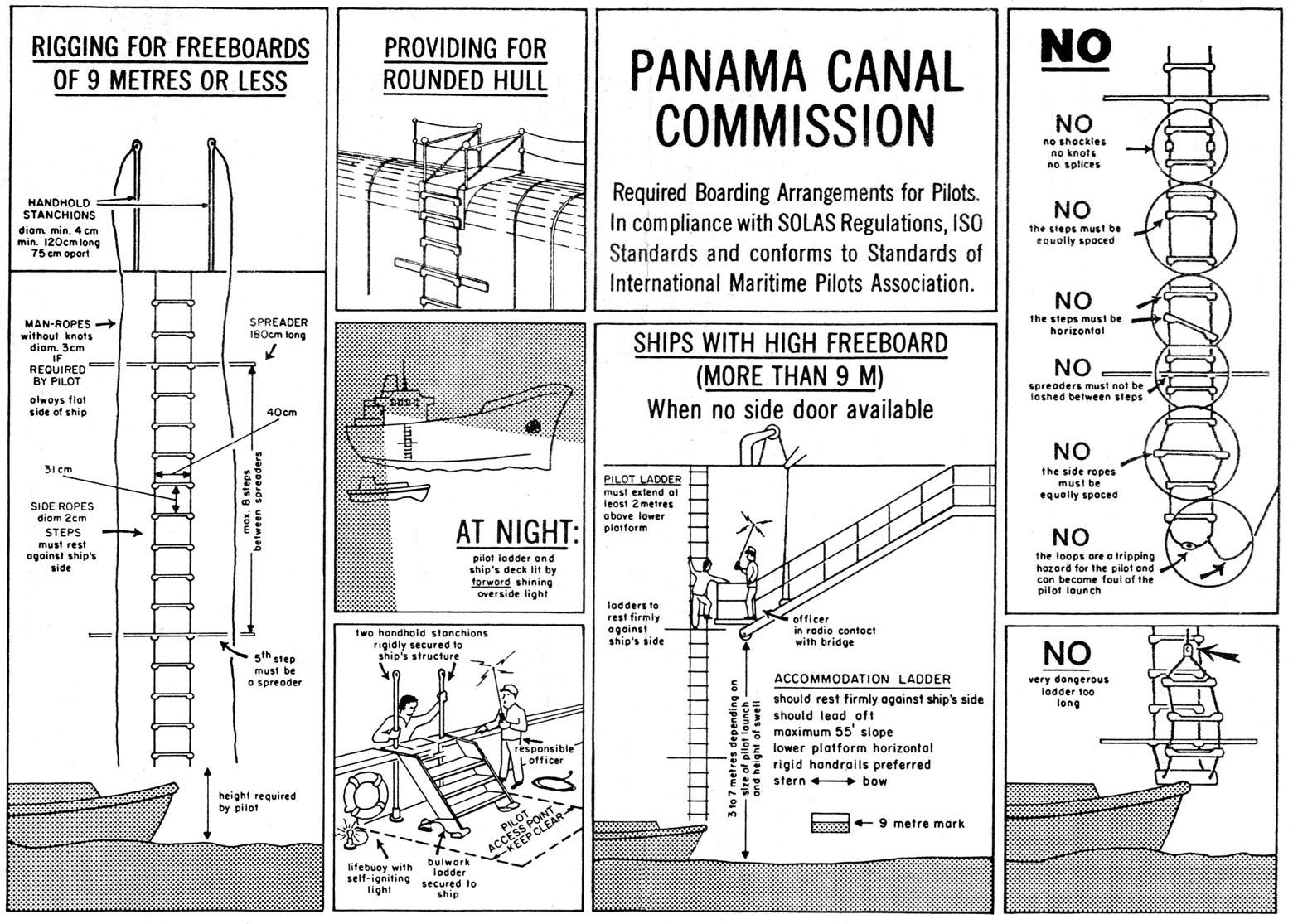
Interviewing a pilot (Liverpool 2007)
Q: OK.Let me first ask you to introduce yourself. Just to ask your name, Sir.
A: My name is Captain McLoughlan, Captain E. McLoughlan.
Q: OK. And how long have you been a pilot here already ?
A: In Liverpool I have been a pilot for probably 17 years now.
Q: OK. That’s quite a long time.
A: Originally, I was an apprentice pilot here, served 6 years on the river. Then went away, made a normal career as a captain or Master Mariner if you want to. And I will be back now approximately 17 years, somewhere around that border.
Q: So, what would you say about this stretch. What are the difficulties ? Is it the tide that decides ?
A : The rise and fall of the tide at Liverpool goes up to about 10.6 metres. Then you can have tidal currents of about 2 and a half knots, going up to 6-8 knots in the river. Changing sandbanks continuously. And on larger vessels we have shoal patches out here. There’s Under Keel Clearances. That will be up to the water (level) which is 6.3 (metres) at the moment. And we’re bringing in ships of up to 12 metres draught. So taking into consideration and getting over the shoal patch and getting into the lock, and approximately a 2 hour passage. So, timing is essential. It’s tidal streams, shoals, shoaling waters, currents, rise and fall, strength of tide, the language and the use of tugs on the larger ships and ship handling ability. Things are different, depending whether it’s on a small or on a big ship. Ship handling on big ships is very seldom done by the master and on small ships it’s regularly done. So, the attitudes on a small ship are different than that on a big ship. It’s (about) how you put it all together, which comes to the experience.
Q: OK. Would you try to avoid for example such spring rates, like 6 to 8 knots ?
A: No, we try to use the tide to our advantage. To let it help us. As long as it’s expected, It’s as much as you are used to it ; it can be to your advantage. Not to be feared, unless you are out of control.
Q: Does it happen sometimes, that the vessel becomes not under command ?
A: Well, ships often have break-downs and that’s just part of the job. It depends on how to deal with it.
Q: How would you deal with that normally as a pilot ?
A: At the end of the day, it depends on whether you have steerage normally. And it’s reaction. Anchors (prepared) to use. Use the anchors in the right situation at the right time and keeping upwind and uptide all the time. Having in mind the time, if anything goes wrong. It’s just trying to think ahead, really.
Q: I was also reading in the pilot book that there are special regulations here on the Mersey.
A: Yes, that’s called local rules. Just for local (use). There’s local rules in every port. That’s a historical thing which is built up, because people learn from other ports. If things go wrong there, it’s there like it is here. That’s the harbour masters who are in charge and they all talk to each other.
Q: OK. Safety first.
A: Yes, that’s what it’s all about.
Q: You also mentioned the language. What do you expect as a pilot from the communication on board ? When is the communication on the bridge so to say sound and when does it go wrong in your opinion ?
A: Again, it’s nationalities, isn’t it ? Not everyone can speak perfect English. It’s suprising how many people can, but there are occasions where there is a language break-down and you just have to carry on the best you can. And it’s surprising how you can get through.
Q: OK. Very good. So, your message is …
A: Speak slowly and clear.
Q : And remain positive, always.
A: Yes, and don’t panic.
Q: OK. Well thank you for this interview.
A: Pleasure.
Task 1: Answer the following questions :
Mention the difficulties that pilots in Liverpool are dealing with.
What advice does Mr. McLoughlan give for cases in which ships loose steerage ?
How do Local Rules in England develop ?
What advice gives Mr. McLoughlan to make communication more effective ?
Task 2: Write down 10 keywords and compare them with your neighbour’s.
Task 3: Formulate what you have learned from Mr. McLoughlan in one sentence.
Exercise No. 15 Play out information exchange between the Master and the Pilot using the standard phrases and the Pilot Card
|
Master instructions:
Introduce yourself to the Pilot. You can offer him tea or coffee. Send lookout for tea or coffee if the pilot doesn’t mind. Inform Pilot about ship handling particulars. See Wheelhouse poster. Give orders to the Engine as appropriate. Send 3d mate to see off the Pilot. |
Pilot instructions:
Inform Captain about intended passage. You are outbound from Stockholm, Sweden. You will have to follow courses 107°, 129°, 168°, 100°, 031°, 035° and 014° (see the chart). You must use navigational marks such as buoys, light vessel etc., to start turning. Also don’t forget to reduce speed before meeting the pilot boat. Ask Captain to make a leeside for the pilot boat before you leave. You have N wind. |
Helmsman instructions:
Follow Pilot’s and Captain’s orders. Don’t forget to repeat their orders. |
OOW instructions:
Follow Captain’s and Pilot’s order. Instruct Bos’un regarding pilot disembarkation position and time. See the Pilot off. |
|
|
|
|
|
|
|
|
Engineer instructions:
Follow orders from the Bridge and report when something is done. |
Lookout instructions:
Follow Captain’s and Pilot’s orders. On course 168° you must report to the pilot that you have noticed a hydrofoil on your starboard side. |
Bos’un instructions:
Follow orders from the Bridge. Order AB to bring a lifebuoy with self-igniting light. When he reports ask him to prepare heaving line as well. Report to the Bridge when ready. |
AB instructions:
Follow orders from the Bos’un and don’t forget to report when something is done. |
|
|
|
|
|
|
|
Exercise No. 16 Prepare presentations on:
Ordering a pilot
Pilotage requirements in ports
Procedure of pilotage





